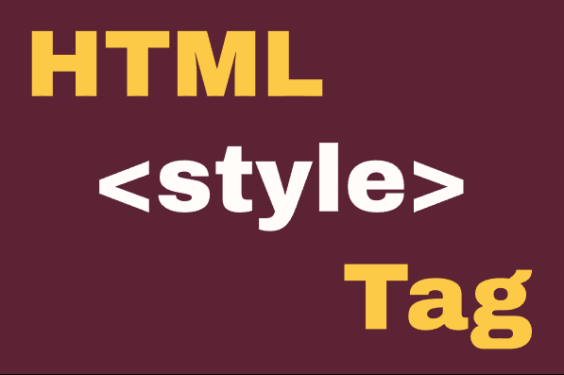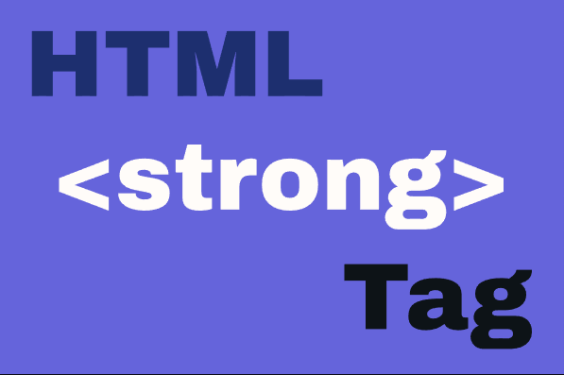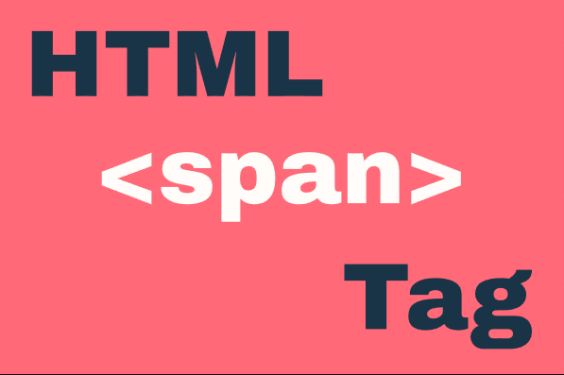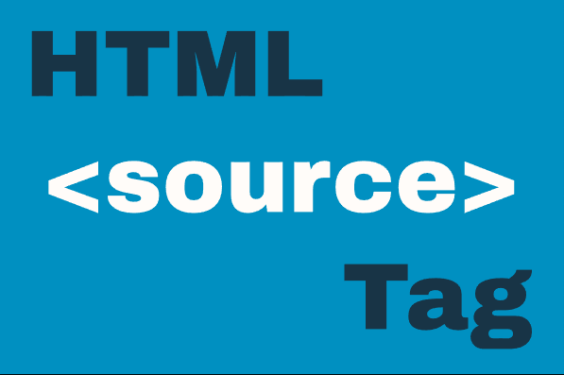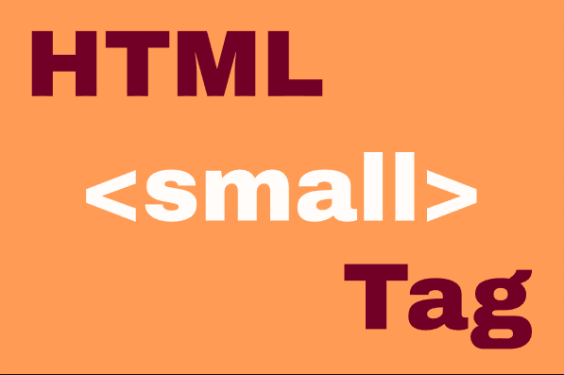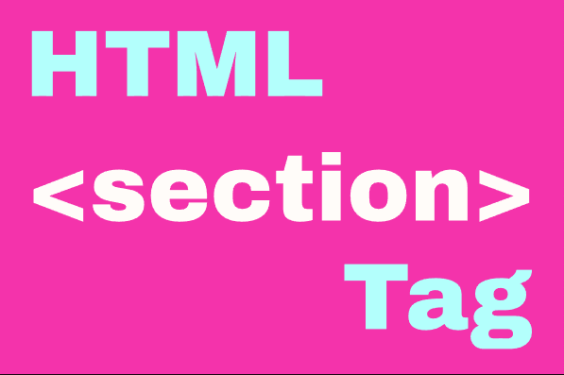HTML <dd> Element
Publish in HTML Tutorial el 23/05/2025 20:14
The <dd> element stands for "Description Details" and is used to provide the description, definition, or value in a description list (<dl>). It typically follows a <dt> (Description Term) element and is part of the trio <dl>, <dt>, and <dd> that creates description lists in HTML.
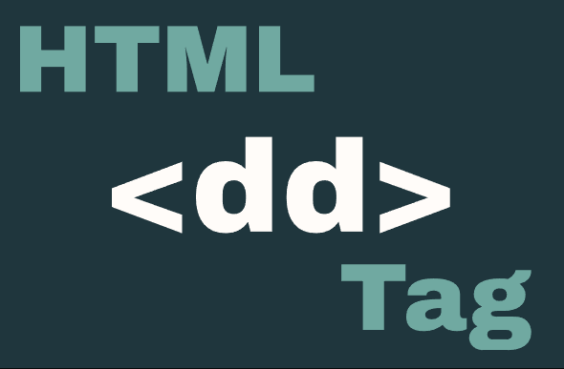
Key characteristics of <dd>:
- Must be contained within a
<dl>element - Usually follows a
<dt>element - Can contain paragraphs, line breaks, images, links, and other HTML
- By default, browsers indent
<dd>elements - Multiple
<dd>elements can follow a single<dt>
Basic Syntax
Here's how the <dd> element is structured in HTML:
Examples of <dd> Usage
Example 1: Basic Description List
A simple glossary example using <dd>:
Example 2: Multiple Descriptions for One Term
Showing that a single term can have multiple descriptions:
Example 3: With Nested HTML Elements
Demonstrating that <dd> can contain other HTML elements:
Example 4: Dynamic Content with JavaScript
Using JavaScript to add descriptions dynamically:
Example 5: Interactive Description List
Making the description list interactive with JavaScript:
Tips and Tricks
- Styling: Use CSS to customize the indentation of
<dd>elements withmargin-leftorpadding-left. - Accessibility: Screen readers properly interpret description lists, making them a good semantic choice for glossaries.
- Flexibility: You can use
<div>elements inside<dd>for more complex layouts. - Grouping: For long descriptions, consider using
<p>tags within the<dd>for better text structure. - Responsive Design: Adjust the layout of description lists on mobile by changing the
<dd>indentation.
Browser Support
The <dd> element is supported in all modern browsers and has excellent backward compatibility, working even in very old browsers.
